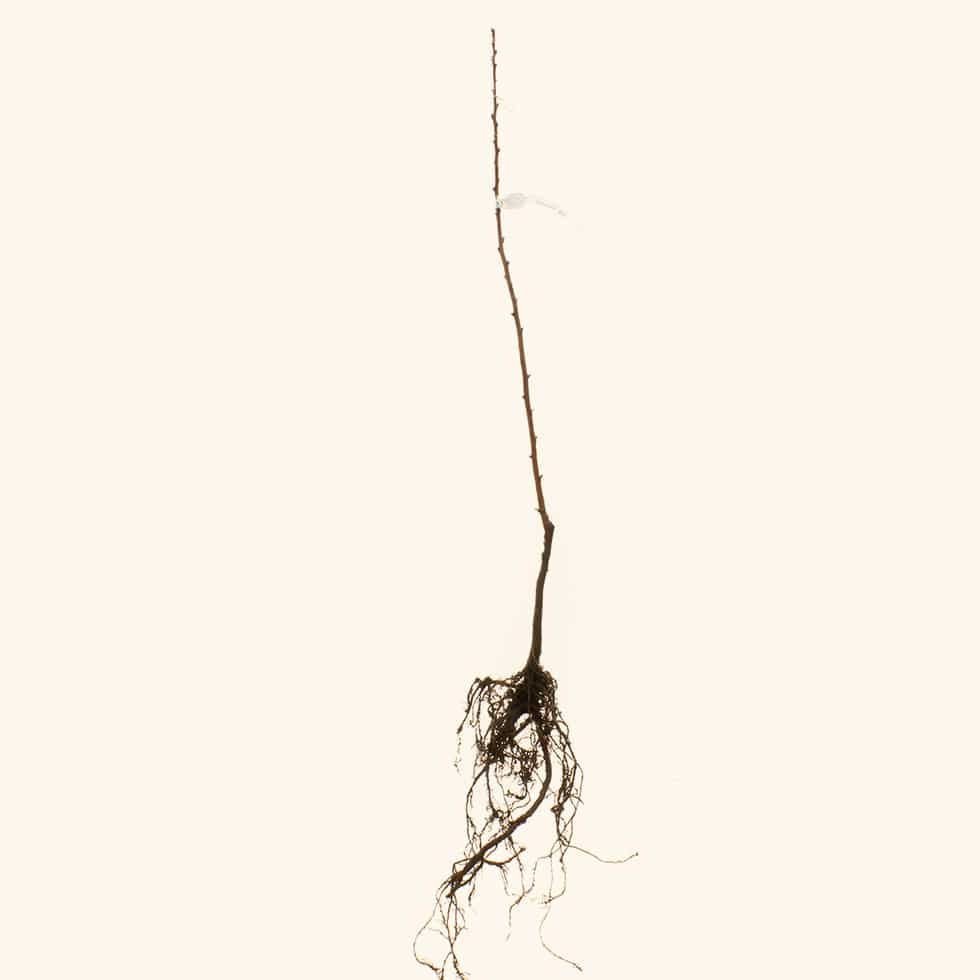Plum tree seedling from our orchard
- Zone 4Characteristics of the tree

Thanks to the passion of Eric, founder of the nursery, we have been inspired into experimenting with growing plum trees from seed. This is done in the hope of finding some hardy and delicious plums to rival those already existing. These trees are perfect for the adventurous, the curious and those with a passion for fruit trees and new varieties!


As these are seedlings, these are new surprise plums; we do not know what size, colour or taste they will have. They might be large or small, yellow, red, blue… the possibilities are endless!
The fruit has a very good chance to be of excellent quality, as they are all the offspring of high-quality varieties.
We would be interested to hear what sort of fruit you get from your plum tree in a few years’ time, particularly if it is really good-tasting!
These trees are seedlings of Japanese, American and Canada plums. They are vigorous, healthy and hardy to at least zone 4, and would very likely be worth a try in zone 3.
Like most plum trees, they are self-sterile, and require a pure Canada Plum or American Plum nearby to pollinate them.
They will generally produce fruit in 4-5 years.
These plum trees are seedlings that have been grown from the stones of the plums in our experimental orchard. They are therefore natural hybrids (made by the bees!) between all the cultivars that we have been planting at home for years, which include most of the varieties we propagate and sell, but also many more coming from all over the world.



































































